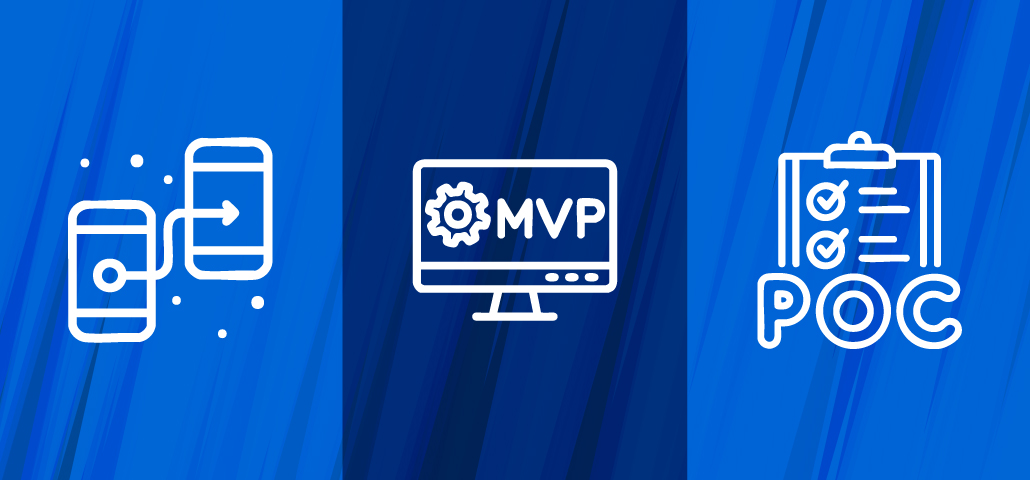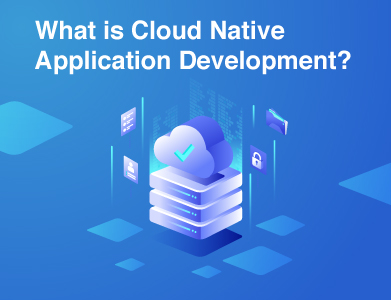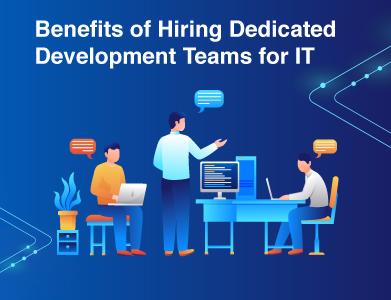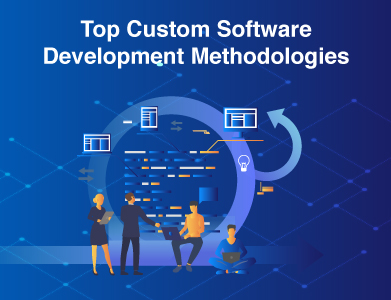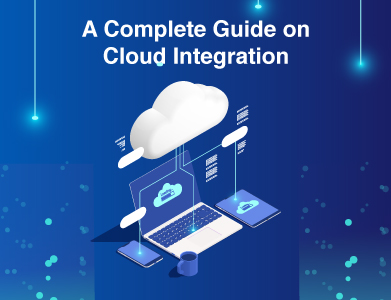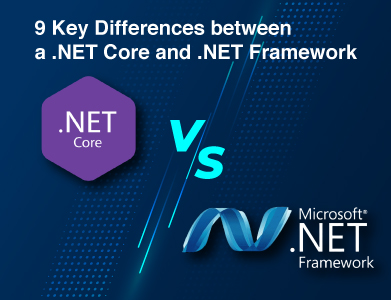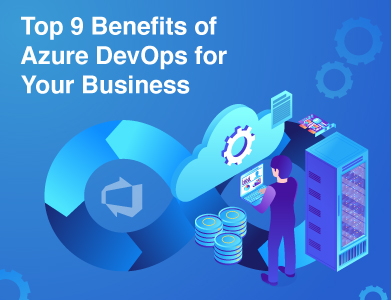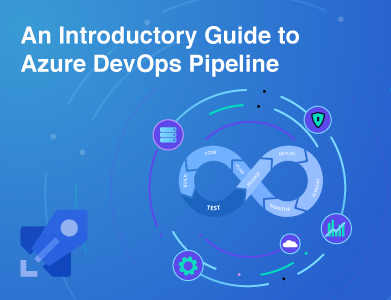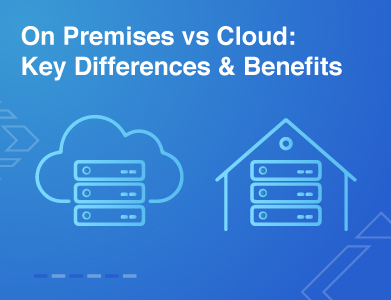Expertise
Entering the world of software development can seem like entering a labyrinth of strange words and ideas. There is a lot to absorb, from learning about the functions of different engineers to comprehending the processes involved in creating software. When you approach a development business with a new idea, you will probably be told to begin with a proof of concept vs prototype or minimum viable products (MVP).
However, how are these terms different from one another and what do they entail? How important are the initial steps that you take toward the success of your project: test a concept, prove feasibility, or build a basic version of your product?
In this article, we'll go over these three ways, explain when to apply each, and emphasize their relevance in bringing your idea to life.
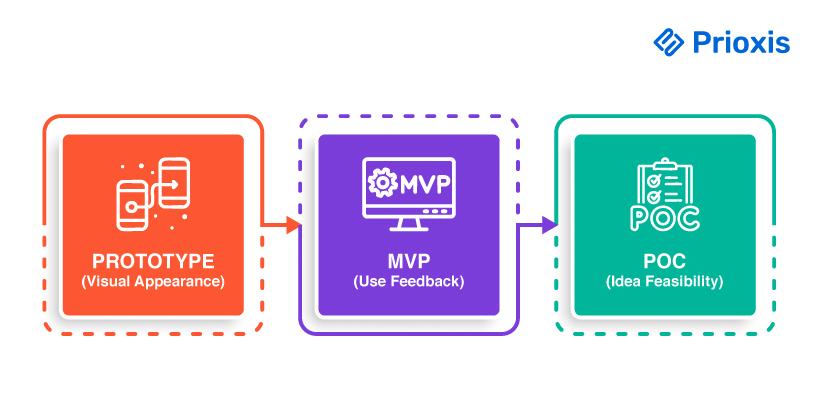
What Is a POC?
A Proof of Concept is a small, focused project aimed at proving the feasibility of an idea or a specific functionality. In general, it's most crucial in the very early stages of the app development process; it is mostly done during the project discovery phase. The ultimate goal of PoC is determining whether a given concept is technically feasible to implement and not too expensive in terms of time and resources.
Instead of concentrating on user experience or polished design, a PoC focuses on the core functionality of your app idea. When dealing with very complex projects, several PoCs may be developed to verify different features or technical beliefs independently. This will help teams focus on potential challenges and confirm that the envisioned solution could work as expected.
Benefits Of Creating A POC In Software Development
Here's how businesses benefit from creating a PoC:
1. Technical Feasibility
A PoC evaluates whether your idea can be technically implemented. The development team explores what’s possible, identifies potential roadblocks, and sets the technical foundation for your project. This ensures the chosen technology stack and approach align with your goals.
2. Validating Market Needs
Creating a PoC forces you to identify the specific problems your product will solve. It is only by solving real pain points that you ensure your solution delivers tangible value to end users. Iterative testing during this phase confirms whether you are on the right track or need to pivot.
3. Understanding Product Limitations
A PoC reveals the limitations, advantages, and possible challenges of your idea. You can explore other approaches and decide on the best way to take it forward without much risk at the later stages.
4. Budget Decisions with Clarity
With a PoC, you get clarity about the budget requirement. You are not investing too much in a full-fledged product that may flop. You make calculated decisions on where to put your money for maximum return on investment.
5. Building Stakeholder Confidence
A successful PoC shows investors and stakeholders that your idea is viable. It is tangible proof that your concept works, making it easier to get funding and negotiate favorable terms with partners.
6. Faster Time to Market
A PoC lays a foundation for your development process. Identifying risks, validating workflows, and having a clear action plan accelerate the transition from concept to product launch while minimizing surprises along the way.
Proof of Concept Examples
Here are some examples to understand how PoC is used across different domains:
1. Proof of Concept in Software Development
In software development, a PoC evaluates the technical feasibility of creating a software solution. This involves:
Identifying the need: Understanding the target audience and their problems.
Feasibility assessment: Determining if the required resources, tools, and technologies are viable for development.
Competitive research: Exploring existing solutions to identify gaps and opportunities.
For example, a development team that is to develop a collaboration app can come up with a PoC document outlining its technical architecture, features, and unique value proposition. The document verifies the feasibility of the app, its market need, and its possible success.
2. Proof of Concept in Product Development
Before prototype creation, software product development teams perform PoC research to assess:
Cost-effectiveness: Whether the product can be produced within budget constraints.
Functionality and durability: Whether the product meets expected standards.
Technical problems: Identifying the potential problems at the production level.
In the case of designing a new green, eco-friendly water bottle, one may have to conduct the testing of material and cost analysis to verify the viability of producing an economically friendly, long-lasting product. Such results are submitted as a PoC report to seek stakeholders' validation.
3. Proof of Concept in Business Development
In business development, PoC helps validate the feasibility of a new business idea or process. This includes:
Market demand testing: Smaller-scale launch or survey for interest.
Risk assessment: A way to avoid financial risks since it is a real-world analysis.
Investor confidence: Utilizing PoC to raise funds for the business.
For example, a new food delivery startup may test the concept in a small area. Initial feedback refines their service and provides data to attract potential investors.
4. Proof of Concept in Marketing and Sales
PoC in marketing refers to testing new campaigns or strategies on a small scale to determine effectiveness. This includes:
Trial campaigns: Running a campaign with a specific audience segment to observe its performance.
Data analysis: Measuring engagement and conversion rates to measure success.
Strategy refinement: Adjusting campaign elements based on trial results.
For instance, a company launching a new product may test ads targeting a niche demographic. The results inform the strategy for a broader campaign rollout.
5. Proof of Concept in Project Management
In project management, PoC demonstrates the feasibility of methods, tools, or technologies for a project. Steps include:
Piloting: Introducing new technologies or methods on a smaller scale.
Performance monitoring: Measuring effectiveness, ease of use, and overall effect.
Methodologies refinement: Improvement through user and data feedback.
A publishing house might pilot-test a new project management tool for one team before implementation across the board.
What Is an MVP?
An MVP is a version of a product that has been trimmed down to feature the barest essentials, yet containing enough functionalities to appeal to early adopters. The design of the MVP is usually for the test and validation of the product concept within the market on limited resources and investment.
MVP is a working product that gives room for gathering user feedback, evaluation of user engagement, and accumulation of useful data for further alterations or inclusions.
An MVP adds value to users while proving the product's viability and reducing development costs and time to market.
Minimum Viable Product Benefits
Faster Time to Market: An MVP, focusing on core features, can be developed and launched much faster than a fully-featured product. This way, businesses enter the market earlier and get more valuable insights from real users.
Cost-Effective Development: MVP development requires fewer resources, thereby lowering the overall development costs. This approach helps the startups manage their budgets effectively while testing their product ideas.
User Feedback and Validation: An MVP allows businesses to gather user feedback early in the development process. This is important for validating assumptions, understanding user needs, and making informed decisions for future iterations.
Reduced Risk: In a simplified product version, businesses have a reduced risk of investing significantly in a concept that may not connect with the user. An MVP can be tried out and learned from with a minimal amount of financial risk.
Focus on Core Features: An MVP helps teams focus on the most important features that deliver value to users. This focus ensures that the product meets the primary needs of its target audience.
Iterative Development: An MVP supports an iterative approach to product development, allowing teams to refine and improve the product based on user feedback and market demands. This continuous improvement cycle enhances the final product's quality and relevance.
Investor Attraction: An MVP proves that a certain idea can be transformed into a feasible product. Its successful demonstration proves that the investment made in further developing the idea will be successful.
Minimum Viable Products Examples
Here are some prominent MVP examples that have made quite a difference:
Dropbox: Before building the full product, Dropbox created a simple video showcasing its file-sharing feature. This was an MVP as it allowed the team to gauge the interest of the users and gather email sign-ups before building the actual software.
Airbnb: The initial version of Airbnb was a basic website that allowed the founders to rent out their apartment during a conference. This MVP helped them understand user needs and iterate on their platform, which eventually evolved into a global marketplace for short-term lodging.
Zappos: Zappos began as an MVP with a basic website showcasing shoes from local retailers. The founders took pictures of shoes and posted them online. When a customer ordered a pair, they would purchase them from the store and ship them directly. This approach validated the demand for online shoe shopping before investing in inventory.
Groupon: The original idea behind Groupon was a simple WordPress blog that featured local deals. The founders manually created coupons for users to print and redeem, which allowed them to test the concept of collective buying before developing a more complex platform.
Buffer: Buffer began as a landing page explaining the core features of the product and collecting email addresses from interested users. This helped the founders measure interest in their social media scheduling tool before building the full application.
Instagram: Instagram, earlier known as Burbn was one of this kind of location check-in app that also comprised photo sharing attributes that the initial day team, realizing the picture feature was dominating preferred to pivot and clean to what became as we understand them today's versions of it.
Spotify: Spotify's MVP was just a desktop application that could allow users to listen to music free of charge but gather feedback on usability and features. This allowed the team to get the product refined before its official launch.
Gmail: Google launched Gmail as an invitation-only service to create exclusivity while testing features. This enabled the team to gather user feedback and iterate on the product before a full rollout.
What Is a Prototype?
A prototype is an early model or representation of a product that demonstrates its functionality, design, and features. It is a tangible representation of the product idea, allowing stakeholders to visualize how the final product will work and look. Prototypes can range from low-fidelity (simple sketches or wireframes) to high-fidelity (interactive models that closely mimic the final product).
Prototypes are essential to the design and development process. They enable clear communication between members of the design team, stakeholders, and the users themselves in exploring options of design, testing user interactions, and finally, refining the product to make it meet the target audience's needs.
Prototyping Advantages
The following are some major advantages of prototyping:
Communication: Prototypes facilitate better communication among team members, stakeholders, and users. With a prototype, everyone in the chain can better understand the vision and goals by providing a more tangible representation of the product and avoiding misunderstandings.
User Feedback: Through prototypes, teams can collect user feedback at the early stages of development. Such feedback can be used in the identification of needs, preferences, and areas of pain users have so adjustments can be made before the final product is designed.
Design Validation: Prototyping can be used for validating design ideas and interaction with the user. The usability and effectiveness of a design choice are validated through the testing of prototypes by teams to make the final product intuitive and user-friendly. This helps identify potential problems early by prototyping to mitigate risks about the development of products. The more that is discovered in the design flaws and usability problems, the less likely changes will be costly later on.
Cost and Time Efficiency: Prototyping saves time as well as material by determining the design flaws and feature requirements before the actual development starts. This way, the process gets less rework involved and is eventually more efficient and cost-effective.
Encouraging Innovation: Prototyping encourages experimentation. Teams can try different design options and features while creating a product, thereby allowing innovative ideas to spring up without a huge investment in unproven concepts.
Stakeholder Engagement: Prototypes engage stakeholders by showing them a physical version of the product. Such engagement will lead to higher buy-in and support from stakeholders, as they will be able to see and play with the concept of the product rather than reading descriptions or specifications.
Prototyping Examples
The concept of POC vs Prototype has been applied in the successful development of most products in a variety of sectors. Here are some examples among top tech companies, which bring out the need and effectiveness of prototyping:
Airbnb: Initially, the founders of Airbnb prototyped to test the idea of renting out space in private homes. The founders designed a simple website to gauge interest and gather feedback from potential users. This early prototype allowed them to refine their idea and understand the needs of both hosts and guests.
Dropbox: Before building their full product, Dropbox developed a simple video prototype demonstrating their file-sharing service. This video helped convey the concept to potential users and investors, validating the idea without extensive development. The positive response from viewers provided the confidence to move forward with the actual product.
Spotify: Spotify used prototyping to look into the experience of its streaming service. An interactive mock-up allows a prototyping team to test features and workflows with end-users, to decide on the last design and function.
Pinterest: The idea of Pinterest began with a simple prototype called "Tote," which centered on the shopping experience. The feedback they received from users helped them pivot to the current concept of a visual discovery platform that is Pinterest today, explaining the importance of early prototyping.
Facebook: It uses rapid prototyping. That is, it implements new features and releases them first as prototypes for a small user base. Real-time feedback provides an opportunity for iterative improvement before full deployment, so what's released meets user needs.
Slack: Slack started as a game development company known as Tiny Speck. It was creating an internal communication tool to help its team work together more effectively. When the prototype became a huge success within the company, the company decided to pivot and release Slack as a standalone product, revolutionizing workplace communication.
POC vs. Prototype vs. MVP: Major Differences
| Feature | Proof of Concept (POC) | Prototype | Minimum Viable Product (MVP) |
|---|---|---|---|
| Definition | Demonstrates the feasibility of an idea or concept. | A working model showcasing the design and functionality of a product. | A simplified version of a product with core features to test the market. |
| Purpose | To validate whether an idea can be turned into a viable product. | To explore design options and gather user feedback on functionality. | To test product viability, gather user feedback, and validate the market need. |
| Development Stage | Early stage, often before any development occurs. | Mid-stage, after the idea is validated, focusing on design. | Later stage, with a functional product ready for market testing. |
| Features | Basic functionality to demonstrate feasibility. | Interactive features to simulate user experience. | Essential features that solve a specific problem for users. |
| Target Audience | Internal stakeholders and decision-makers. | Potential users and stakeholders for feedback. | Early adopters and a broader target market. |
| Investment | Minimal investment, focusing on validating ideas. | Moderate investment, focusing on design and usability. | Higher investment compared to PoC and prototype, as it requires functional development. |
| Outcome | Determines if the idea is worth pursuing further. | Helps refine the design and identify necessary changes. | Validates product-market fit and informs future development. |
| Feedback Type | Mostly technical and feasibility feedback. | User experience and design feedback. | Market response and user engagement feedback. |
Conclusion
Understanding the differences between a proof of concept vs prototype, and a Minimum Viable Product is crucial for effective navigation through the product development journey. Each serves a unique purpose: the proof of concept vs MVP validates the feasibility of an idea, the Prototype explores design and user interaction, and the MVP vs POC focuses on delivering a functional product that meets core user needs while testing market viability. By utilizing these methods in the correct order, businesses will be able to reduce risk, make the best decisions, and allocate resources most effectively. This strategic approach is not only good for the improvement of product ideas but also helps increase the potential for success in a competitive marketplace. Finally, the thoughtful application of PoCs, Prototypes, and MVPs opens the way for innovative solutions that will be appealing to users and business growth.
